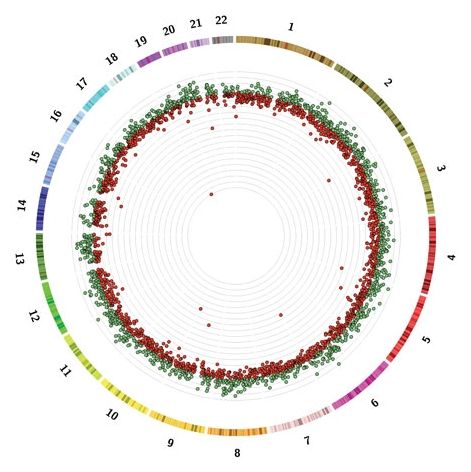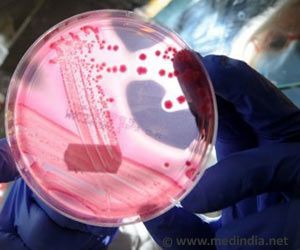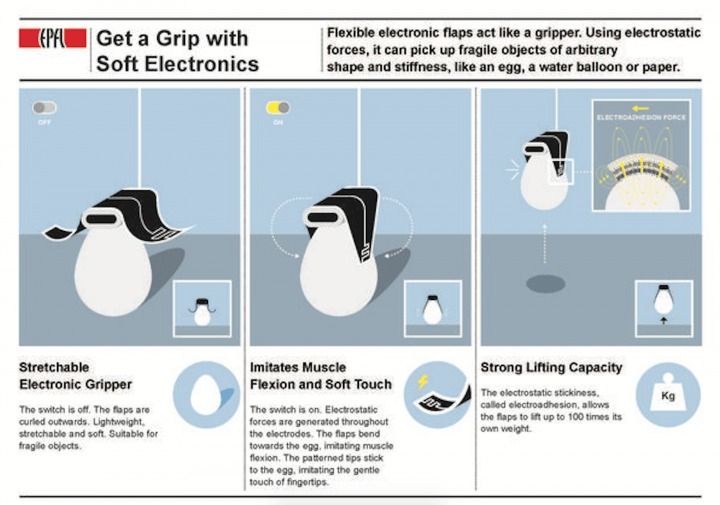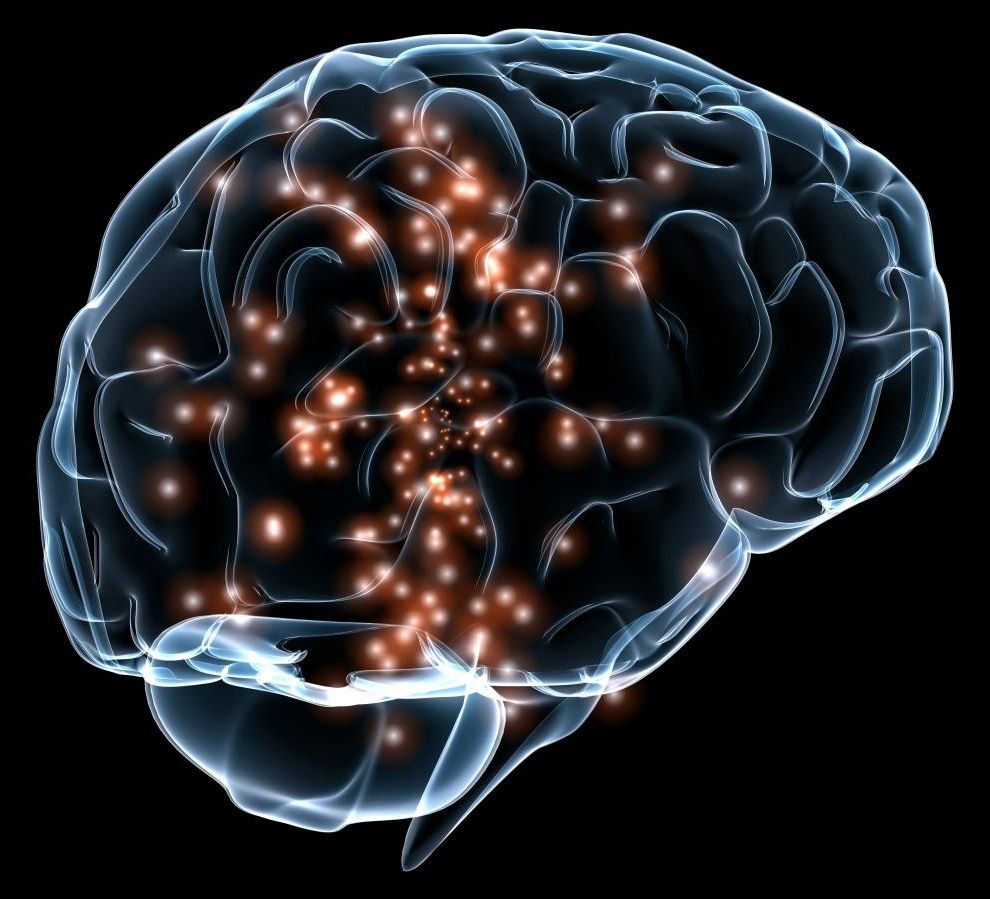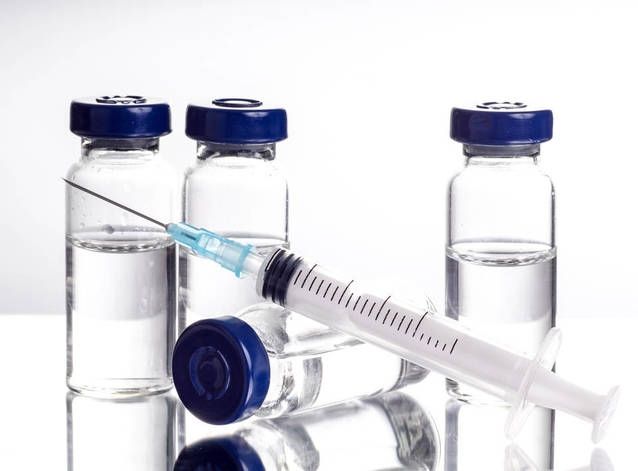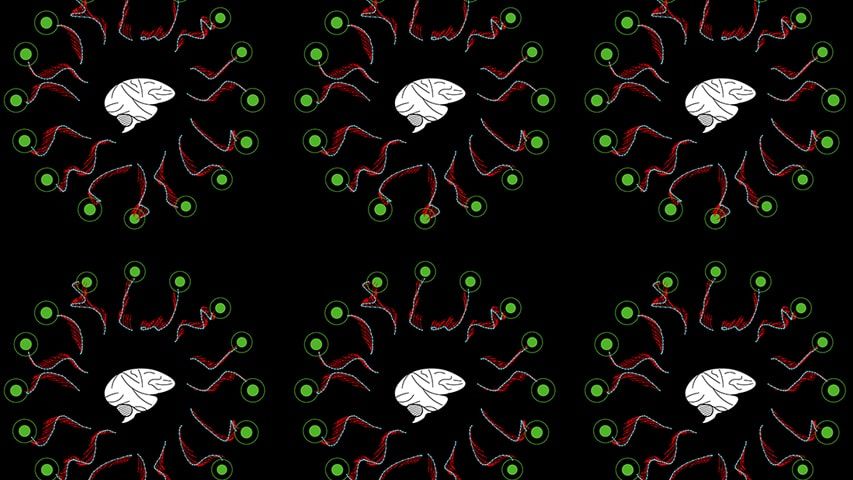Feb 5, 2016
Who’s to Blame (Part 1): The Legal Vacuum Surrounding Autonomous Weapons
Posted by Amnon H. Eden in categories: biotech/medical, law, military, robotics/AI
Future of Life Institute illustrate their objection to automated lethal robots:
“Outrage swells within the international community, which demands that whoever is responsible for the atrocity be held accountable. Unfortunately, no one can agree on who that is”
The year is 2020 and intense fighting has once again broken out between Israel and Hamas militants based in Gaza. In response to a series of rocket attacks, Israel rolls out a new version of its Iron Dome air defense system. Designed in a huge collaboration involving defense companies headquartered in the United States, Israel, and India, this third generation of the Iron Dome has the capability to act with unprecedented autonomy and has cutting-edge artificial intelligence technology that allows it to analyze a tactical situation by drawing from information gathered by an array of onboard sensors and a variety of external data sources. Unlike prior generations of the system, the Iron Dome 3.0 is designed not only to intercept and destroy incoming missiles, but also to identify and automatically launch a precise, guided-missile counterattack against the site from where the incoming missile was launched. The day after the new system is deployed, a missile launched by the system strikes a Gaza hospital far removed from any militant activity, killing scores of Palestinian civilians. Outrage swells within the international community, which demands that whoever is responsible for the atrocity be held accountable. Unfortunately, no one can agree on who that is…
Continue reading “Who’s to Blame (Part 1): The Legal Vacuum Surrounding Autonomous Weapons” »

